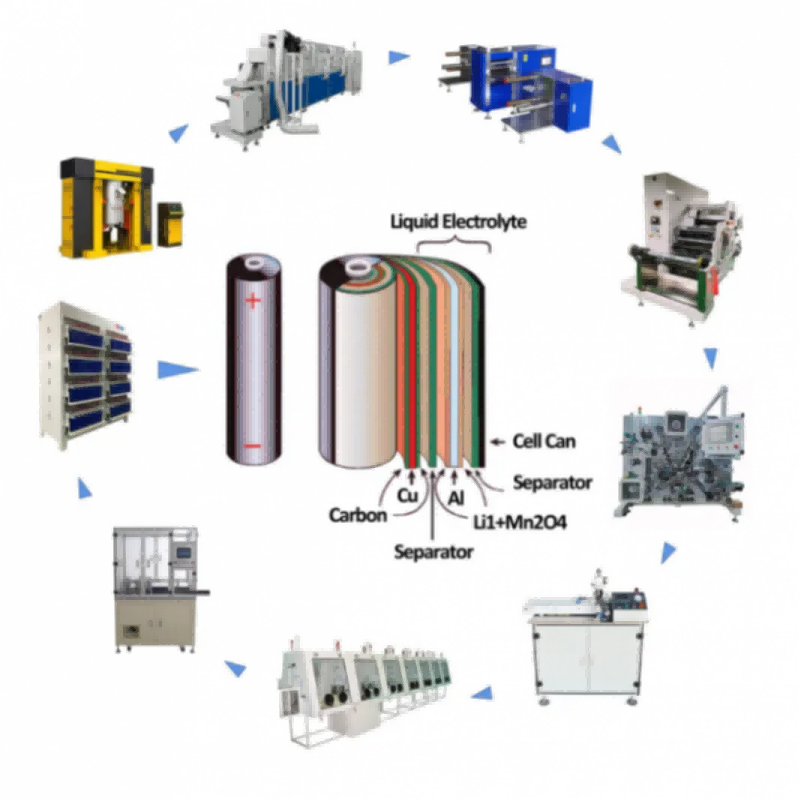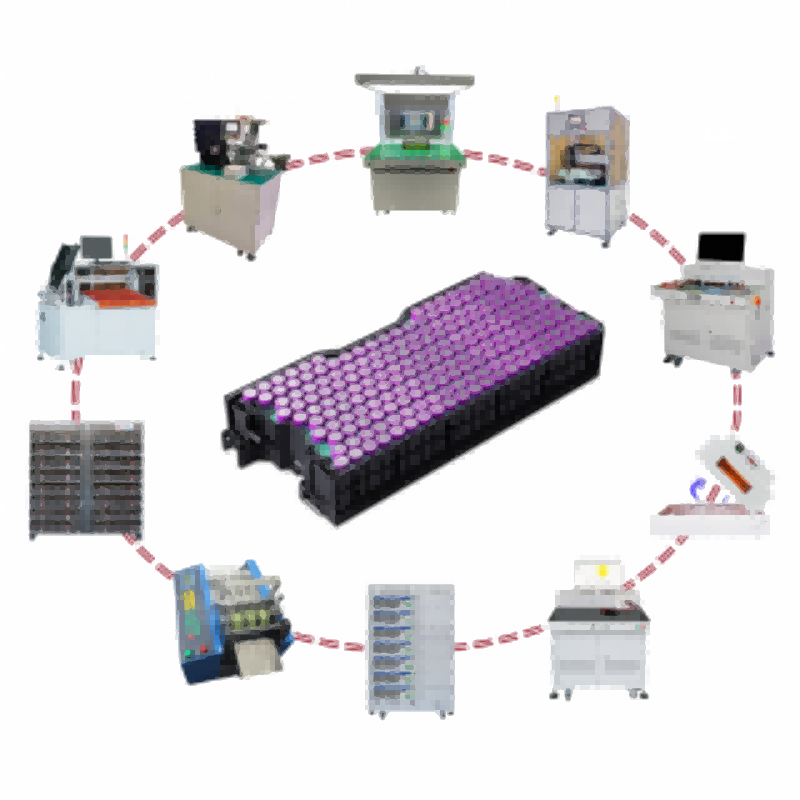(1) High voltage: the working voltage of single battery is as high as 3.7-3.8V (3.2V for lithium iron phosphate), which is 3 times that of Ni-CD and Ni-H battery.
(2) High specific energy: at present, the actual specific energy can be achieved about 555Wh/kg, that is, the material can reach more than 150mAh/g specific capacity (3 to 4 times of Ni-Cd, 2 to 3 times of Ni-MH), which is close to about 88% of its theoretical value.
(3) Long cycle life: generally can reach more than 500 times, or even more than 1000 times, lithium iron phosphate can reach more than 2000 times. For small current discharge electrical appliances, the battery life will multiply the competitiveness of electrical appliances.
(4) Good safety performance: no pollution, no memory effect. As Li - ion predecessor of lithium batteries, dendrite short circuit formed by the metal lithium is easy, reduced its areas of application: Li - ion in do not contain cadmium, lead, mercury and other elements of environmental pollution: some process (such as sintering type) of the one big drawback of Ni - Cd battery exist for "memory effect", it severely battery, but Li - ion this aspect of the problem doesn't exist.
(5) Small self-discharge: at room temperature fully charged Li-ion storage after 1 month of self-discharge rate of about 2%, significantly lower than 25-30% of Ni-CD, Ni, MH 30-35%.
(6) Can quickly charge and discharge: 1C charging capacity for 30 minutes can reach more than 80% of the nominal capacity, now phosphorus iron battery can reach 10 minutes to charge to 90% of the nominal capacity.
(7) The working temperature range is high, the working temperature is -25~45°C, with the improvement of electrolyte and positive electrode, expected to be broadened to -40~70°C.









 IPv6 network supported
IPv6 network supported